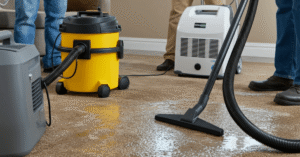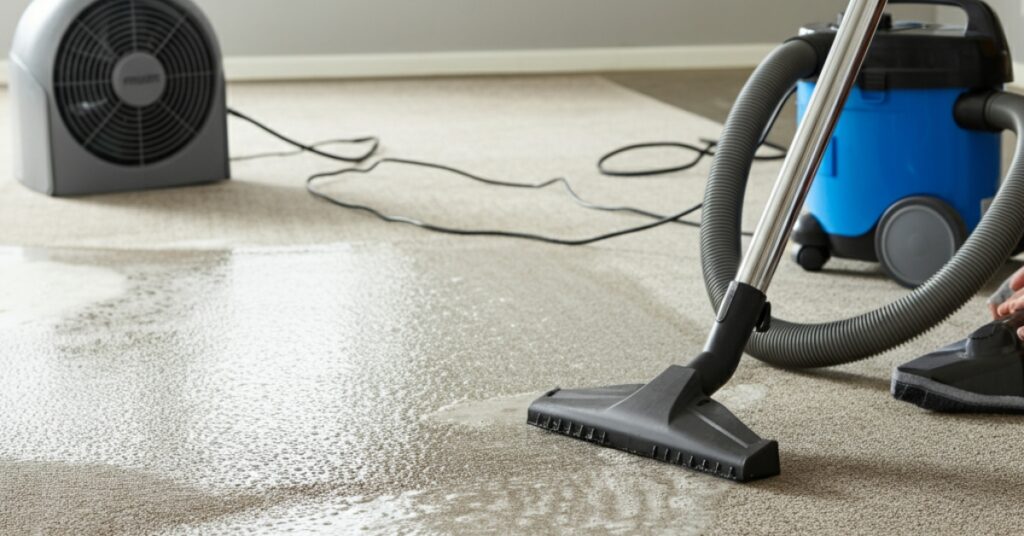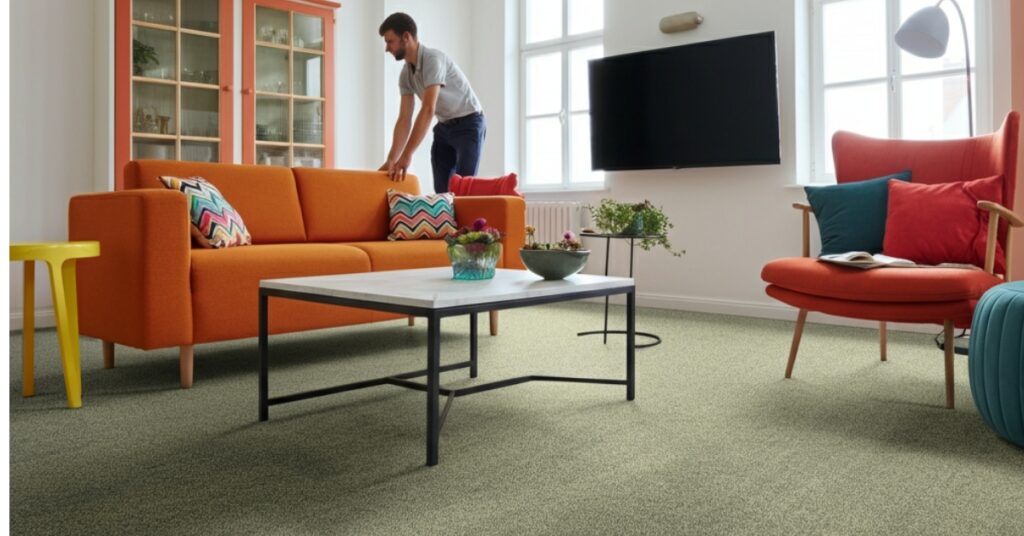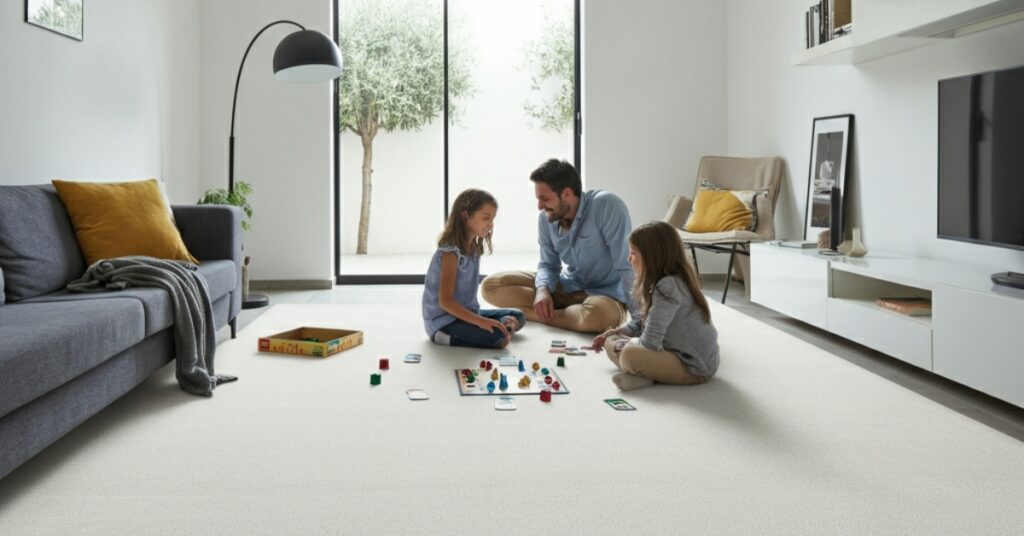As an Amazon Associate, I earn from qualifying purchases.
Deciding how thick your carpet and pad should be is one of the most important choices you’ll make when installing new flooring. The right combination determines not only how comfortable the carpet feels underfoot but also how well it withstands daily wear and tear. Selecting the correct thickness for both components ensures your investment lasts for years, providing both comfort and durability. This guide covers everything you need to know to make an informed decision for your home.
Choosing the right carpet and padding thickness can seem complicated, but it directly impacts your floor’s performance and lifespan. A pad that is too thick or too thin can cause problems like premature wear, wrinkles, and even void your carpet’s warranty. Similarly, the carpet pile height affects its resilience and appearance. Therefore, understanding the relationship between these two elements is essential for achieving the best results and ensuring your new carpet looks and feels great for a long time.
Understanding Carpet Thickness
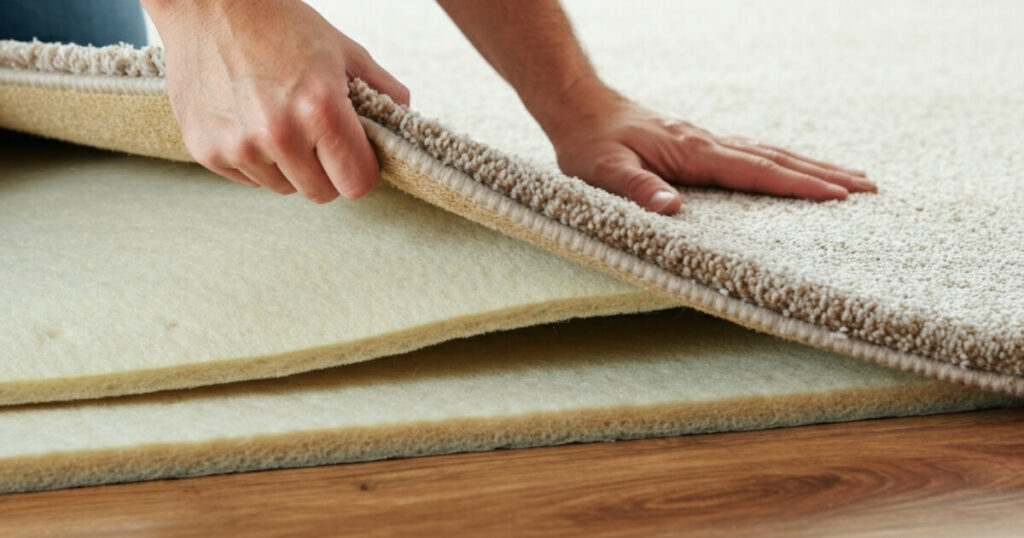
Carpet thickness, often called pile height, refers to the length of the carpet fibers from the backing to the tip. This measurement significantly influences the carpet’s look, feel, and durability. Different pile heights are suited for different areas of your home, depending on the amount of foot traffic and the desired aesthetic.
Generally, a lower pile height results in a more durable and easier-to-clean carpet, making it a great choice for high-traffic areas like hallways and living rooms. On the other hand, a higher pile offers a more luxurious and plush feel, which is often preferred for bedrooms where comfort is a priority. Ultimately, the right carpet thickness balances your need for durability with your desire for softness.
Factors Influencing Ideal Carpet Thickness
Several factors should guide your choice of carpet pile height. First and foremost, consider the amount of foot traffic the area receives. High-traffic zones, such as entryways and family rooms, benefit from shorter, denser piles that resist matting and crushing. This structure helps the carpet maintain its appearance over time despite constant use.
Additionally, think about your lifestyle. If you have pets or children, a shorter pile carpet is often easier to clean and less likely to trap dirt and allergens. For rooms where you want to create a cozy, luxurious atmosphere, like a master bedroom or a formal sitting area, a thicker, plusher carpet can provide the comfort and elegance you desire. Balancing these practical needs with your personal style will help you select the perfect carpet thickness.
Best Thickness for Different Carpet Types
The ideal pile height can also depend on the style of the carpet. For instance, loop-pile carpets like Berber are known for their durability and typically have a low to medium pile height. Their tightly woven loops are excellent for busy areas because they resist crushing and are easy to maintain, making them a practical choice for hallways, stairs, and family rooms.
In contrast, cut-pile carpets, such as Saxony or frieze, can range from low to high pile heights. A plush Saxony carpet with a thicker pile offers a soft, luxurious feel perfect for bedrooms. A frieze carpet, with its tightly twisted fibers, provides durability with a more textured, informal look that works well in a variety of spaces. Choosing the right thickness within these categories ensures you get the best performance for your specific needs.
Why Carpet Pad Thickness is Crucial
The carpet pad, or underlayment, is the layer of cushioning that sits between your carpet and the subfloor. Its thickness and density are just as important as the carpet’s pile height. A quality carpet pad provides essential support, absorbs impact, and enhances the overall comfort of your flooring.
Moreover, the pad acts as a shock absorber, protecting the carpet fibers from being crushed underfoot. This extends the life of your carpet and helps it maintain its original appearance for longer. A good pad also offers thermal insulation, keeping your rooms warmer, and provides sound absorption, which reduces noise transmission between floors. For these reasons, investing in the right carpet pad is a critical step.
How Thick Should Carpet and Pad Be for Durability?
The combined thickness of the carpet and pad plays a significant role in the overall durability of your flooring system. Most carpet manufacturers recommend a pad thickness of no more than 1/2 inch. A pad that is too thick can create too much flex, causing the carpet backing to stretch and seams to separate over time.
For most residential carpets, a pad that is 7/16 inch thick is considered the industry standard and offers an excellent balance of cushioning and support. This thickness provides enough comfort without compromising the carpet’s structural integrity. Pairing this pad with a carpet of appropriate pile height ensures your floor can withstand daily life while feeling great underfoot.
Relationship Between Pad Density and Thickness
While thickness is important, pad density is arguably even more critical for long-term performance. Density is measured in pounds per cubic foot and indicates how much support the pad will provide. A denser pad better protects your carpet from wear and tear, as it prevents the carpet backing from flexing excessively. For residential use, a density of at least 6 pounds is recommended, while 8 pounds or more is ideal for high-traffic areas.
It is a common misconception that a thicker pad is always better. In reality, a thinner, denser pad will often outperform a thicker, less dense one. A high-density pad provides superior support and extends the life of your carpet, making it a smarter long-term investment. Therefore, always consider both density and thickness when selecting a carpet pad.
Selecting the Ideal Thickness of Carpet and Pad
Choosing the ideal thickness for your carpet and pad requires careful consideration of your specific needs. Start by evaluating the room where the carpet will be installed. For high-traffic areas like stairs and hallways, prioritize durability with a lower-pile carpet and a dense, moderately thick pad.
In bedrooms and other low-traffic spaces, you can opt for a thicker, more luxurious carpet pile for added comfort. However, always adhere to the manufacturer’s recommendations for pad thickness, which is typically 7/16 inch for most residential cut-pile carpets. Following these guidelines will ensure your carpet warranty remains valid and your flooring performs as expected.
Thickness for High-Traffic Areas
In high-traffic areas, durability is the primary concern. A low-pile carpet, generally around 1/2 inch or less, paired with a firm, high-density pad is the best combination. This setup prevents the carpet fibers from matting down and developing traffic patterns quickly. A dense pad, around 8 pounds, provides the necessary support to protect the carpet’s backing and structure from the constant impact of foot traffic.
For stairs, a thinner pad of about 3/8 inch is often recommended. This allows the carpet to be wrapped tightly around the edge of each step, ensuring a secure and safe installation. The combination of a durable, low-pile carpet and a dense, properly sized pad will keep your busiest areas looking fresh and new for years to come.
Thickness for Low-Traffic Areas
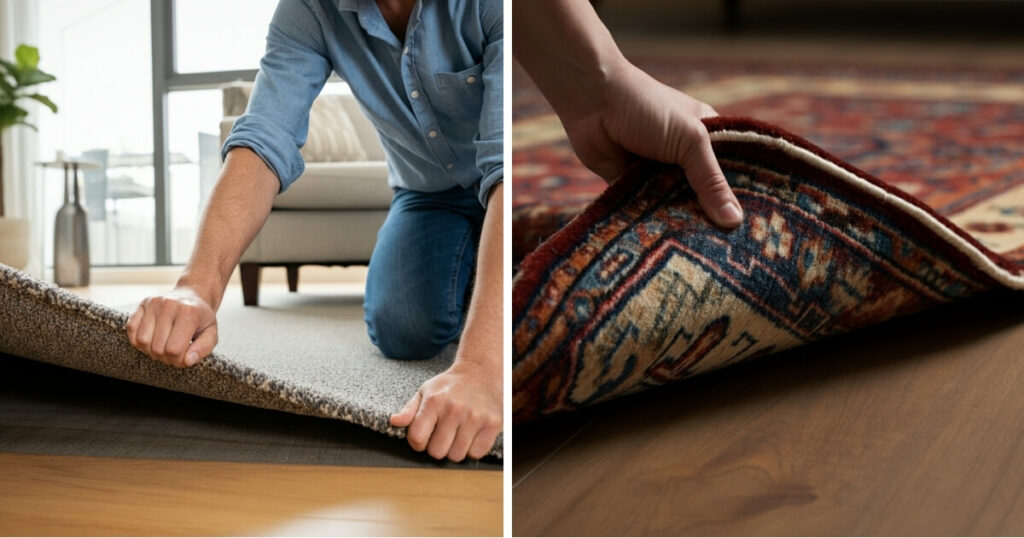
In low-traffic areas like bedrooms or a formal living room, you have more flexibility to prioritize comfort. Here, you can choose a thicker, plusher carpet with a pile height of 1/2 inch to 3/4 inch for a luxurious feel. This creates a soft and inviting surface that is perfect for spaces where you want to relax.
Even in these areas, it is still important to use a quality pad. A 7/16-inch pad with a density of 6 to 8 pounds will provide ample cushioning and support, enhancing the comfortable feel of your thick carpet. This combination ensures your cozy retreat remains both comfortable and durable over time.
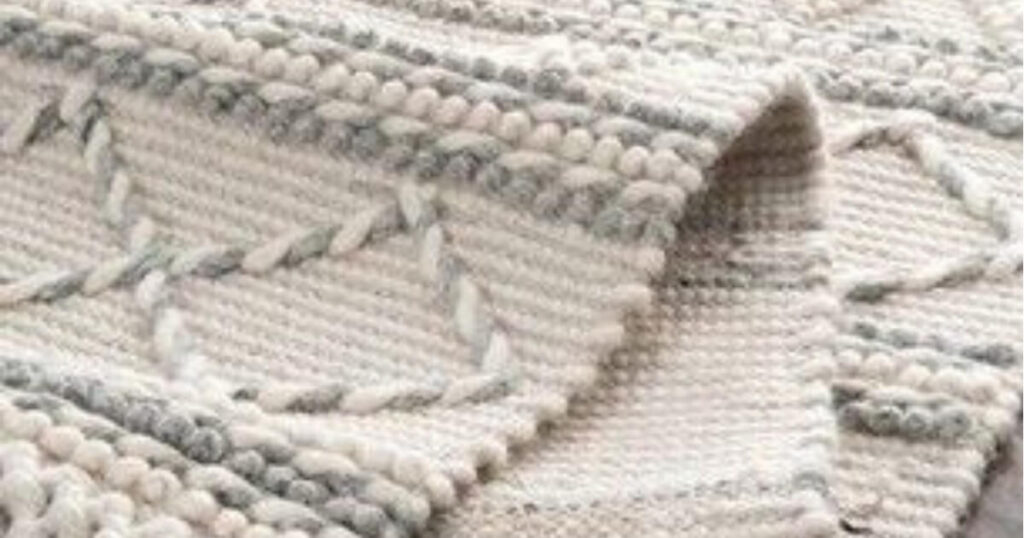
Frequently Asked Questions
1. Is a thicker carpet pad always better?
No, a thicker pad is not always better. A pad that is too thick (over 1/2 inch) can cause excessive flexing in the carpet, leading to stretched backing, wrinkles, and separated seams. It is often better to choose a denser pad over a thicker one, as density provides the support needed to protect your carpet and extend its life.
2. What happens if my carpet pad is too thick?
Using a carpet pad that is too thick can void your carpet’s warranty. It creates instability underfoot and allows for too much movement, which can damage the carpet’s backing and structure over time. This can also cause furniture to feel wobbly and may lead to premature wear.
3. How thick should a carpet pad be for Berber carpet?
For Berber and other loop-pile carpets, a thinner, firmer pad is recommended. A pad that is no more than 3/8 inch thick with a density of at least 8 pounds is ideal. This provides the necessary support to prevent the loops from stretching and flattening, which helps maintain the carpet’s appearance.
4. What is the standard thickness for a carpet pad?
The industry standard for residential carpet pads is 7/16 inch. This thickness offers a good balance of comfort and support for most cut-pile carpets. However, you should always check the carpet manufacturer’s specific recommendations to ensure you comply with their warranty requirements.
5. Does pad thickness affect the feel of the carpet?
Yes, pad thickness significantly affects how the carpet feels underfoot. A thicker pad can provide a softer, more cushioned feel. However, the pad’s density also plays a crucial role. A dense pad will feel more supportive and firm, while a less dense pad will feel spongier.
Final Verdict

Selecting the right thickness for your carpet and pad is a decision that impacts the comfort, durability, and longevity of your flooring. By balancing pile height with pad thickness and density, you can create a floor that not only looks and feels great but also stands up to the demands of your household. Always follow manufacturer guidelines to protect your warranty and ensure the best possible performance from your investment. With the right combination, your new carpet will provide years of satisfaction.
As an Amazon Associate, I earn from qualifying purchases.

